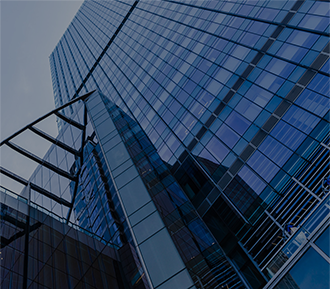

Aluminum extrusions may show uneven surfaces at the interface where the flat thickness of the industrial aluminum profiles changes or at the interface between the aluminum extrusion diversion mold and the flat mold. These uneven surfaces may not be discernible to the naked eye but they can be visible through surface treatment, especially during aluminum extrusion coating treatment, where shadows or bone shadows may appear on the surface.
Improper proportion of mold diversion holes design for industrial aluminum profiles;
Improper design and transition of the extrusion die working belts;
Uneven cooling during the process of manufacturing industrial aluminum profiles, where unequal cooling and heating in the crossing or thick and thin areas lead to different shrinkages and deformations.
Adjust the size of the extrusion die diversion holes, the size of the core head empty cutter, and the position of the mold bridge. After modifying the mold, the left and right diversion holes on the mold are enlarged with the mold bridge positioned away from the diversion and the flat mold interface. The left and right core head empty blade positions of the industrial aluminum profile are also increased by about 0.5mm, with the core head tip angle site's working belt raised. The mold surface is designed with working belts to reduce friction and increase the supply of the profile's pointed and corner areas. This will ensure the balance of the supply and sufficient tissue distribution, hence effectively avoiding the occurrence of dark shadows on various types of aluminum profiles;
If the "T" part of the flat mold of an industrial aluminum profile requires a transition, it should be transitioned at a certain distance from the diversion part. The small model core can take 1-1.5mm, and the large model core can take 2-3mm. The value of the working belt should be controlled within 2mm of the thickness of the respective walls. Furthermore, when a core is smaller, the upper and lower neck positions of the upper mold working belt should be 1.5mm higher than those of the lower mold working belt to reduce the elastic deformation caused by the extrusion of the upper mold, which can cause misalignment between the upper and the lower mold's working belts.
The electrodes used for processing the high and low points of the working belts should be deburred and transitioned with a rounded arc of no less than R3 to avoid sharp corners.
According to the above analysis, modulations made to the design of the mold for aluminum extrusions components showed to increase the number of productions significantly. However, the occurrence of shadows and dark lines is also related to the aluminum quality, temperature, extrusion speed, cooling, and other aspects, which need to be analyzed and improved comprehensively. Optimizing the convex and concave metal joints of aluminum extrusions through improved design can reduce the occurrence of color bands after surface painting.
